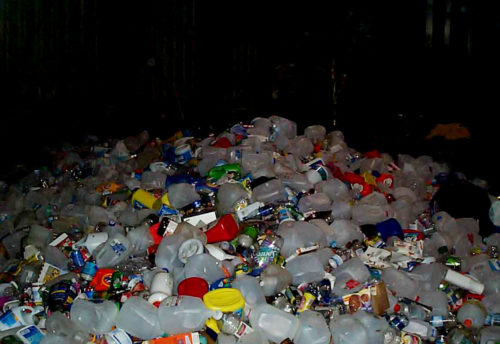Composting can help you manage yard waste at home. It can be adapted to fit individual lifestyles, yard sizes, and ambitions. Some different methods of composting are open piles, burying material in pits or trenches, and collecting them in drums or bins. In order to be effective, compost piles need to be at least 1 cubic yard in size. This provides the insulation required to sustain the high temperatures in the middle of the pile. Compost bins can be commercial units or constructed at home from inexpensive materials.
Start the composting process with 50% green and 50% brown materials cut no larger than 1 inch in size. Add water every 7 to 10 days as necessary. Your compost should not be dry, but you also don’t want it to be soggy. It is ready to use when it is dark brown, crumbly, and smells like freshly turned soil.
The compost produced is an excellent soil conditioner. It improves soil structure by binding particles together. This improves aeration and helps the soil retain moisture and nutrients. Compost also improves drainage in clay soils and water retention in sandy soils. Compost can store nutrients and release them slowly for use by surrounding plants, possibly reducing the need for fertilizers.
Here is some help to get you started: Green Materials – Grass clippings, garden trimmings, green leaves, livestock manure, fruit and vegetable scraps, coffee grounds and filters, tea leaves and bags. Brown Materials – Wood chips, sawdust, yard waste shreds, pine and fir needles, straw and hay, dry grass and leaves, nut shells, and stale bread.
Click this link to watch a video on composting.

